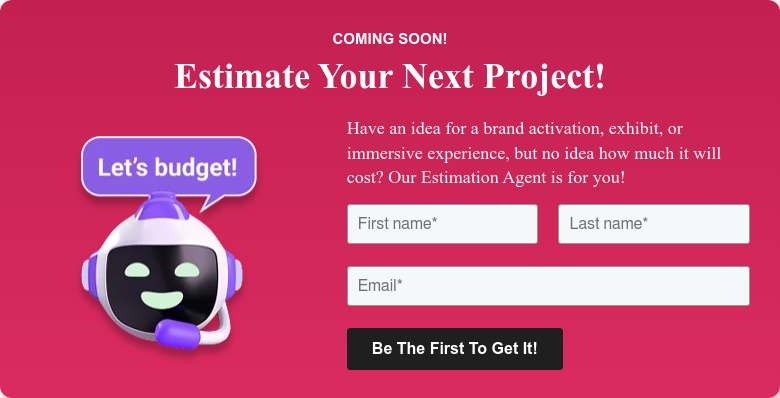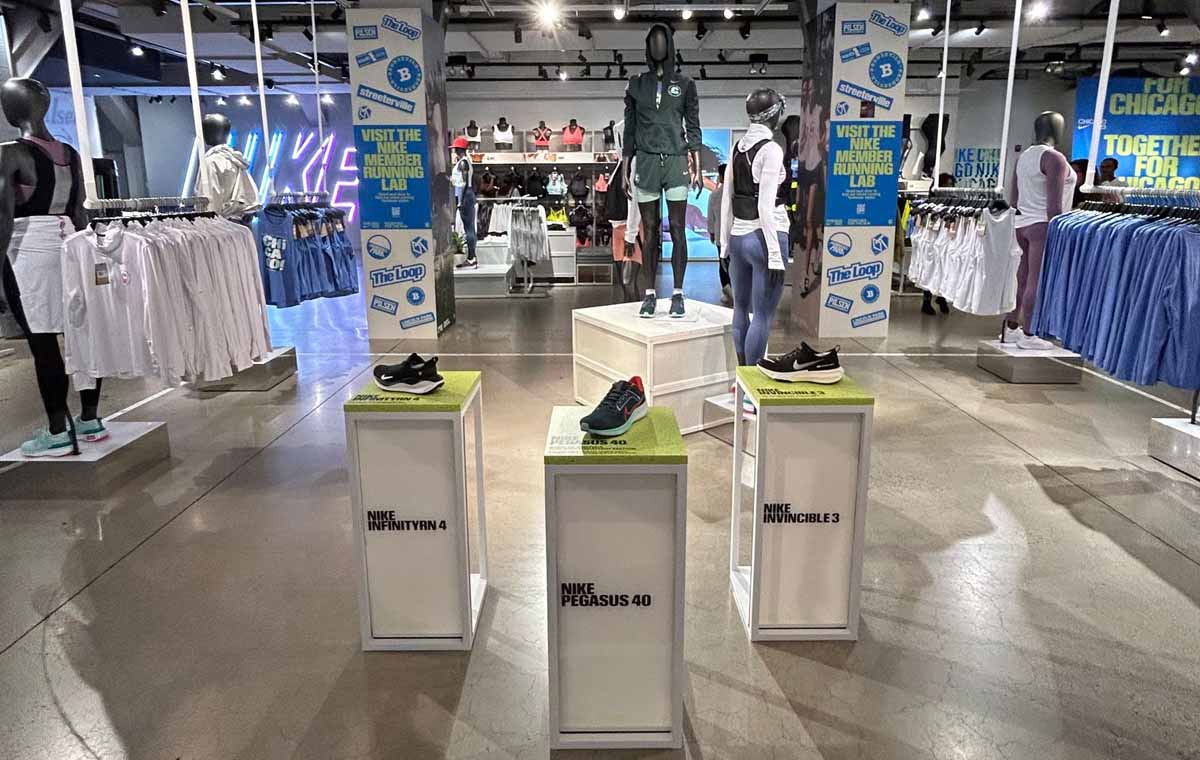As retailers plan for the future, there are a few must-have features that need to be embraced today in order to remain competitive. With customers placed center stage – from personalization of shopping experiences through data-driven insights across all channels – the need for a consistent service experience and sophisticated retail interior design has never been more important. Staying cutting edge and maximizing customer loyalty in this new landscape promises potential rewards if approached correctly. But what exactly does creating an ideal retail environment look like?
Below, we’ll walk you through the 6 key ingredients every retail environment should have to meet the changing expectations of savvy retail customers today (and tomorrow).
How to Build the Retail Environment of Tomorrow
Modern consumers are more savvy than ever when it comes to their expectations for in-person and online shopping experiences. These customers can spot a sales pitch a mile away and a gimmick within seconds. Brands have a responsibility to really know and understand their audience and tailor their retail environment to meet customers’ needs. From providing flexible hours and shopping methods – like buying online and picking up in-store – to making it easy for customers to get the answers they need 24 hours a day, it’s vital that retailers anticipate the challenges and pain points along the buyer's journey and take steps to make the process as seamless as possible.
Experiences will be the foundation of retail environments in the future. Experiential retail is no longer an option but a necessity for brands looking to entice customers off the couch and into their physical stores. Brand experiences benefit retailers by allowing them to connect more directly and personally with customers, building loyalty and engagement. Thoughtfully conceived in-person experiences are also inherently more memorable, leaving a lasting impression on customers. But it is crucial that these experiences remain consistent with your brand’s messaging, values, and story on other platforms. Your retail store design should reflect and embody what your brand is all about so that customers immediately connect the experience with your brand.

Retail Environments – 6 Essential Elements
1. An Immersive Environment
If experiential retail has become the norm, immersive experiences are the next level. Think interactive displays that encourage direct engagement, multi-sensory elements that go beyond the visual, and cohesive brand experiences such as signage and custom fixtures and displays that wow participants and truly surround your customers with the story, look, and feel of your brand.
Plus, immersive retail is uniquely suited to the in-person or in-store experience. Even with mixed reality, there is no online experience that compares to the level of engagement and awe a well-conceived immersive experience inspires.
2. Integrated Technology
You know the old adage, ‘Work smarter, not harder?”
Well, by leveraging technology within your retail environment, you can improve efficiency and provide an elevated customer experience. Consider integrating AR tools to help customers experience products before they buy, providing real-time inventory updates on touchscreens and apps, or using social media platforms to offer promotions and generate earned media. Advances in technology have changed the way customers shop, but have also opened up incredible possibilities for retailers – helping salespeople find answers faster, customers have more information at their fingertips, and brands to differentiate from the competition.
3. Personalization
More and more, modern customers expect their shopping experiences to be personalized, whether they are engaging online or in person. The key to this, of course, is deeply understanding your customers, from their demographics to their pain points. Using AI and machine learning can track customer behavior in-store, alerting retailers to potential hiccups in the buying process – from lacking inventory in a specific size or style to insufficient staffing leading to long lines at the checkout counter. Other ways to incorporate personalization include product recommendations or promotions based on a customer’s purchase history and customized product offerings tailored to the specific needs and demands of your customers. For example, if your ideal customers are working parents, offering kid-friendly activities, designated play zones, or even childcare (we see you, IKEA) can facilitate the shopping experience and help these customers feel understood and supported.
4. Social and Environmental Responsibility
In a world where consumers are increasingly conscious of the social and environmental impact of their purchases, it is critical for retail brands to showcase their own responsibility in these areas. Today’s customers are more informed about the impact of their purchasing decisions, and they are demanding more transparency from the brands they choose to support. Companies that showcase their commitment to transparency by revealing where and how their products are made, and by highlighting their donations or volunteerism, stand out in the retail environment.
Brands can further highlight their commitment to just causes in their retail design and custom fabrication choices by using ‘green’ materials or technologies. In fact, companies that use sustainable materials or technologies are positioning themselves as leaders in both social responsibility and innovation. By prioritizing social and environmental responsibility, retail brands can not only enhance their reputation and differentiation but also make a positive impact on the world.
5. Curated Events
Customers expect more than just a transactional exchange when they shop in a retail environment. They want to feel immersed in a brand's story and values. That's why curated events and experiences have become such a vital tool for retail brands to reach customers on a deeper level. By offering in-person classes, lectures, demos, readings, and community gatherings, brands can not only provide a unique, memorable experience for their customers but also create valuable opportunities for brand awareness and loyalty. These brand experiences allow stores to showcase their expertise and knowledge in a way that goes beyond what can be communicated on a website or social media post. Curated events are exceptional in their ability to connect customers with a brand's mission and values, resulting in a more meaningful and authentic relationship with consumers.
6. A Seamless Omnichannel Experience
In the age of constant connectivity and technological advances, customers expect a seamless shopping experience across all channels, be it brick-and-mortar stores, apps, websites, or social media platforms.
One of the most useful omnichannel techniques that retailers should incorporate into their strategies is the integration of offline and online channels. For example, a customer may browse a retailer's website and add products to their online cart, but eventually, head to the physical store to try on the product and make the final purchase.
Branded apps are another way to help bridge the online and offline experience. Apps allow customers to research products from home, check in-store availability, and once on site, navigate to the specific items in the store. For brands, apps provide valuable data about a customer’s shopping habits and demographics. By taking an omnichannel approach, retailers can offer customers a more personalized experience and boost sales.
Ready to Transform Your Retail Environment?
The retail landscape of the future promises to be both exciting and complex. To succeed in this environment, companies must be prepared to offer heightened levels of customer engagement through personalization, immersive experiences, community building, and technology integration [link to media & technology page]. Moreover, a multi-channel approach is key to ensuring customers have continuity whether they are engaging with your brand in-person, or online. Now is the time to start planning for the future – consider how you can leverage these 6 elements to create a compelling retail environment ready for tomorrow.
At Bridgewater, we approach every retail design project with an eye toward strategy and a focus on story. If you’re looking to elevate your retail experience for the customers of tomorrow, book a no-obligation introductory call with our team now – we'll work with you to develop a winning strategy that will enable success now and in the coming years.



.png)
.png)
.png)






